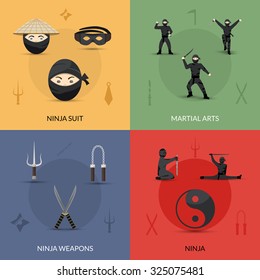Recognizing The Fundamental Differences Between Conventional Martial Arts And Modern Fight Sports
Recognizing The Fundamental Differences Between Conventional Martial Arts And Modern Fight Sports
Blog Article
Developed By-Bright Johnson
When you consider martial arts, do you lean more toward the standard techniques or the contemporary combat sports? Each path uses special benefits and experiences, formed by their philosophies and training approaches. Typical martial arts emphasize personal growth and technique, while modern battle sports focus on competition and efficiency. Comprehending these distinctions can direct you in selecting the appropriate technique for your trip. Yet just how do these differences materialize in training and viewpoint?
The Philosophy and History Behind Traditional Martial arts
While lots of people associate martial arts with physical fight, the approach and history behind standard martial arts run much deeper. You'll locate that these techniques stress personal growth, self-control, and regard.
Stemming from ancient methods, conventional martial arts were typically created for Self-Defense and spiritual development. They embody concepts such as equilibrium, consistency, and self-control, guiding experts past plain combating skills.
As you train, you'll not only discover techniques yet likewise gain insights right into the culture and worths that shaped these arts. The rituals and customs, often given through generations, promote a sense of area and belonging.
The Competitive Nature of Modern Fight Sports
Modern fight sports have changed the landscape of martial arts right into a very affordable arena, where athletes challenge in a test of skill, approach, and endurance.
https://kameronziqzi.blogripley.com/35102083/experience-empowerment-via-females-s-self-defense-courses-that-cultivate-confidence-and-resilience-learn-how-to-change-fear-into-stamina-and-a-feeling-of-security 'll see that competitors are often arranged with strict guidelines and guidelines, guaranteeing fair game and safety. These events bring in huge target markets, sustaining the enjoyment and strength of matches.
Athletes educate rigorously, not just for physical expertise however additionally for mental sturdiness, recognizing that every information counts in the ring. The adrenaline rush during competitors is apparent, as boxers press their limitations to assert success.
Fans appreciate the athleticism and creativity entailed, making contemporary combat sports a thrilling phenomenon that continues to progress and mesmerize lovers around the globe.
Training Approaches and Strategies: A Relative Evaluation
The affordable ambience of modern-day fight sporting activities demands ingenious training methods that vary substantially from traditional martial arts.
In modern training, you'll focus on details strategies, sparring, and conditioning, frequently making use of drills that mimic actual fight scenarios. visit the following post 'll see an emphasis on quantifiable efficiency and constant competitors to assess your abilities.
On the other hand, standard martial arts focus on types, katas, and philosophical mentors, typically stressing technique and regard over competitors.
Training is usually much less intense and might include recurring method rather than real-time sparring.
While both techniques develop skill and fitness, contemporary battle sports supply a more vibrant and versatile training setting, preparing you for prompt difficulties in the ring or cage.
Pick the course that straightens with your objectives and passions.
Verdict
In selecting in between conventional martial arts and modern combat sporting activities, it really boils down to what you value many. If you're searching for individual development, discipline, and a feeling of community, standard arts could be your ideal fit. Yet if you prosper on competitors and real-time obstacles, modern-day battle sporting activities could be the means to go. Inevitably, both courses supply unique advantages, so it's everything about straightening your training with your individual objectives and interests.
